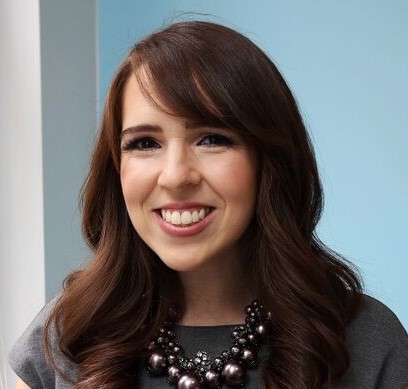My husband and I thought we had the perfect plan. Sell our house in New York for a sizable profit during the 2021 housing boom, then buy a house in New Jersey after we close on the New York house. We'd use said profit for a giant down payment that would keep our monthly payments low on the new house.
One problem: We had to close on our New Jersey home before we finalized the sale of our New York one. Instead of putting down 40% as we had planned, we could barely scrape together 20%. As a result, our mortgage rate wasn't as low as we thought it'd be, and our monthly mortgage payment? Gigantic.
I complained about our situation to our sympathetic mortgage broker. Then she suggested something I had never heard before: Once we sold our New York home, we could recast our mortgage on the New Jersey home.
What is a recast mortgage?
Our broker explained that recasting, otherwise known as principal curtailment, is when you put a lump sum toward the principal of your loan after you've already closed on your home.
Because we'd have more money after we sold our New York house, we could use that for a lump sum toward our New Jersey home loan on top of the initial down payment. Along with that lump sum, you pay a processing fee of usually a couple hundred dollars, and then the lender recalculates your monthly mortgage payments based on the lowered remaining balance on your mortgage.
Unlike refinancing, mortgage recasting doesn't change your rate (sad face). But it doesn't require a closing process—and the thousands of dollars that tend to go along with that—or restart the clock on your mortgage's duration (happy face).
Another recasting benefit: If what you saved for a down payment fell short of 20% and you therefore had to pay private mortgage insurance (PMI) on your loan, recasting—to the point of having at least 20% down—may have removed the extra cost of PMI. Plus, you may be able to pre-pay your mortgage even after recasting. Many lenders may let you pay more than your minimum monthly payment, so you can keep whittling down the principal faster if you choose.
"What's the catch?" I asked. (I was still a cynical New Yorker after all.) I learned that my current lender may sell my loan to another lender quickly after closing, and different mortgage servicers have slightly different rules about:
- who qualifies for recasting, based on your loan type.
- the minimum additional principal payment. We needed at least $10,000.
- when you can recast. We had to wait until after we made our first gigantic payment; other lenders might have required more monthly payments or recasting within a certain time frame after closing.
- and the steps to recast.
Here's what the process looked like for us.
How to recast a mortgage
We had to call It took several minutes before I was connected to someone who both knew what recasting was and what our servicer's process was. So pack your patience and choose a time when you have more than just a few minutes to spare if you can't request paperwork online.
We had to give them info over the phone Once we were talking to the right person, they asked us how large a lump-sum payment we wanted to make. They confirmed my email address and my husband's so they could send an agreement to us to sign.
We got an email confirmation This message reiterated the lump sum we wanted to put toward our principal and what our new monthly mortgage payments would be. They were no longer gigantic.
We had to mail payments and a letter The email confirmation contained info on where to mail the processing fee check as well as the lump sum check that we wanted applied to our principal. We mailed a signed letter explaining our intentions (Please take a lot of our money now so we can start paying less each month) and included the 2 checks in the envelope.
We had to e-sign some paperwork Once I fished the email out of my spam folder, I electronically signed the required documents. I also needed to upload a picture of my government-issued photo ID. My signing prompted the mortgage provider's system to email my signed documents to my husband—because he is also on the mortgage and needed to sign. This time, we knew to look in his spam folder right away.
We checked our mail We received a printed letter confirming that our principal had been reduced and our lower monthly payments would start coming directly out of our checking account a couple payment cycles later.
It took about 4 months from the time we called to initiate the process to the time our monthly mortgage payment was lowered. It would've been less than 3 months had I searched my spam folder sooner for the documents to e-sign.
Why we recast our mortgage There are many things we could have done with the proceeds of our home sale instead of lowering our monthly payments. Over time, those potentially could have netted us more money than we saved on our monthly mortgage payments because the interest rate on our mortgage is fairly low. But our decision was partly psychological. We loved getting to keep most of the money from the sale of our New York house because we had paid more than our monthly mortgage payment there. I want that feeling again when we eventually sell our New Jersey house. I also like knowing that we'll never be on the hook for that gigantic monthly mortgage payment and that we'll pay less in interest overall.
In the end, for what was in our case a $250 processing fee and an additional 13% of the home's selling price, we lowered our monthly payments by $1,400. That was a relief to us, but only you can decide whether you’d prefer to owe less each month or have more savings or investments.




